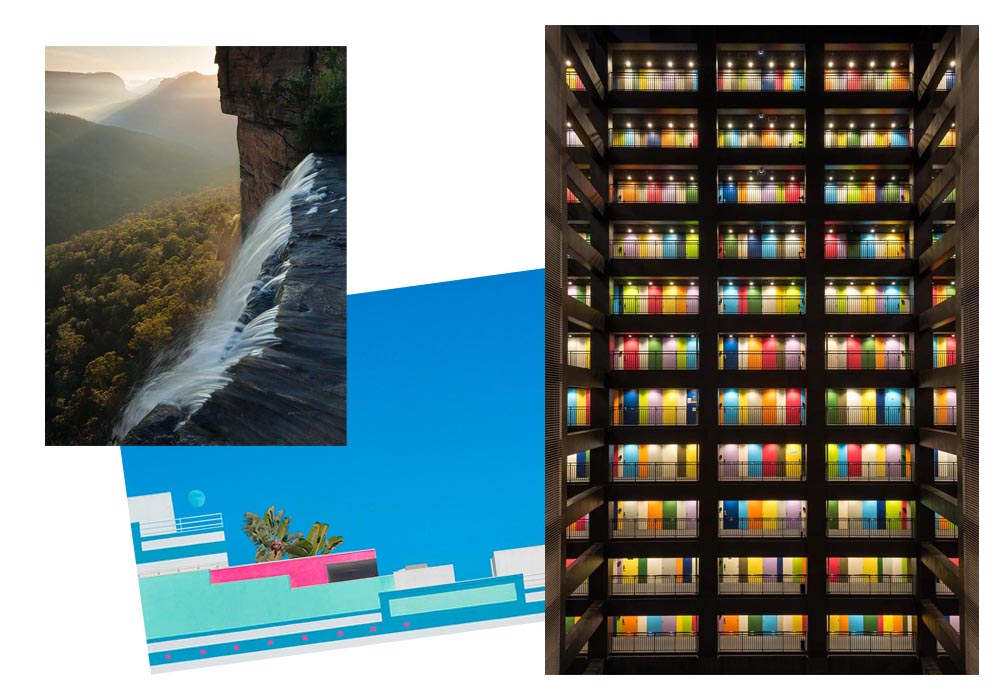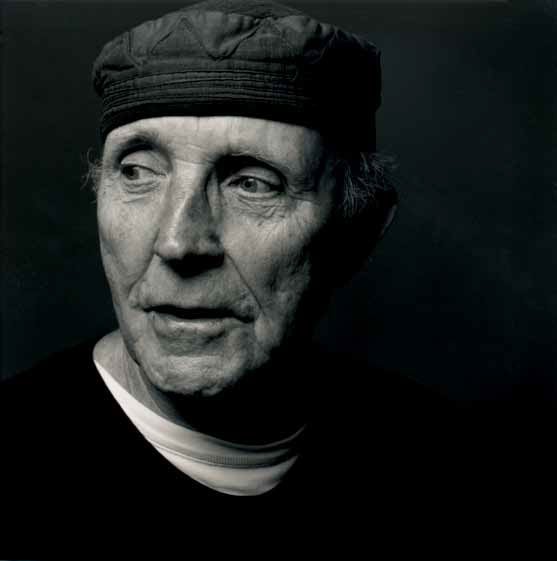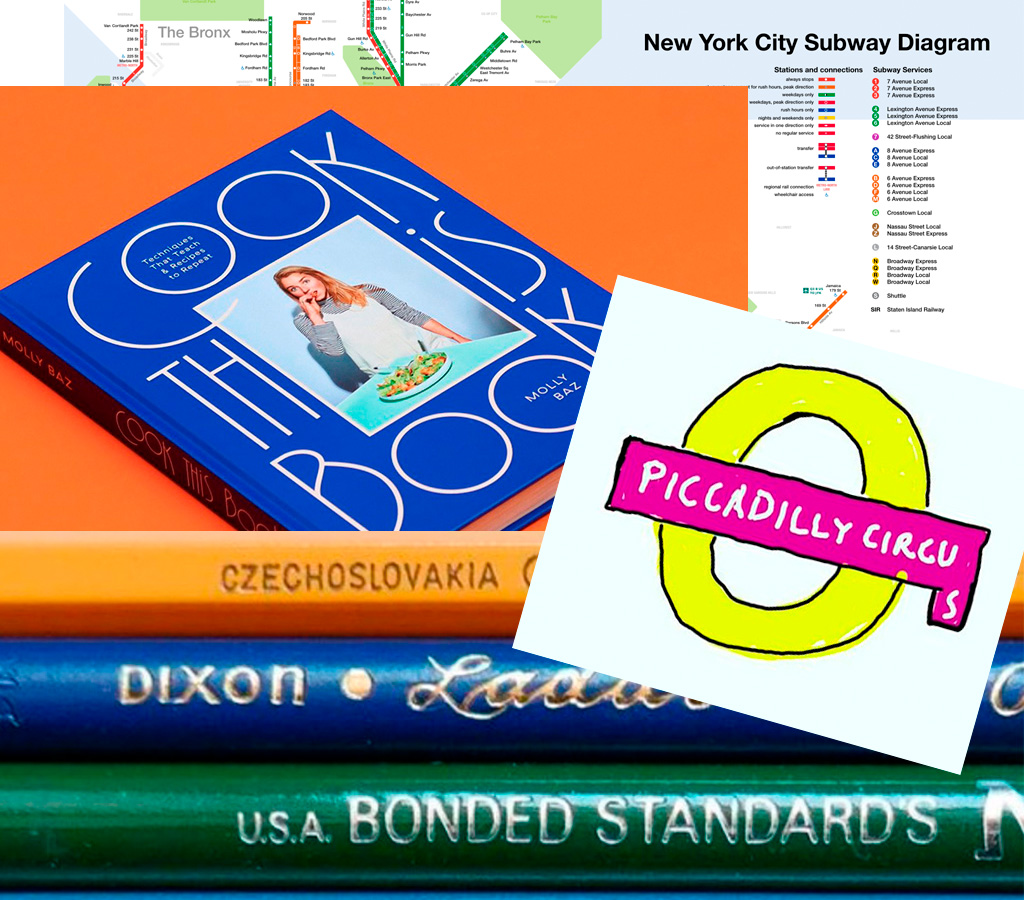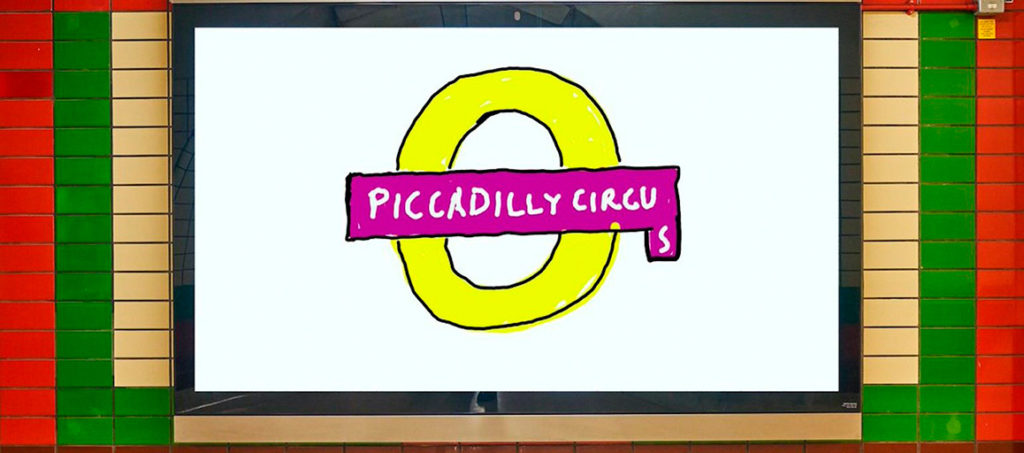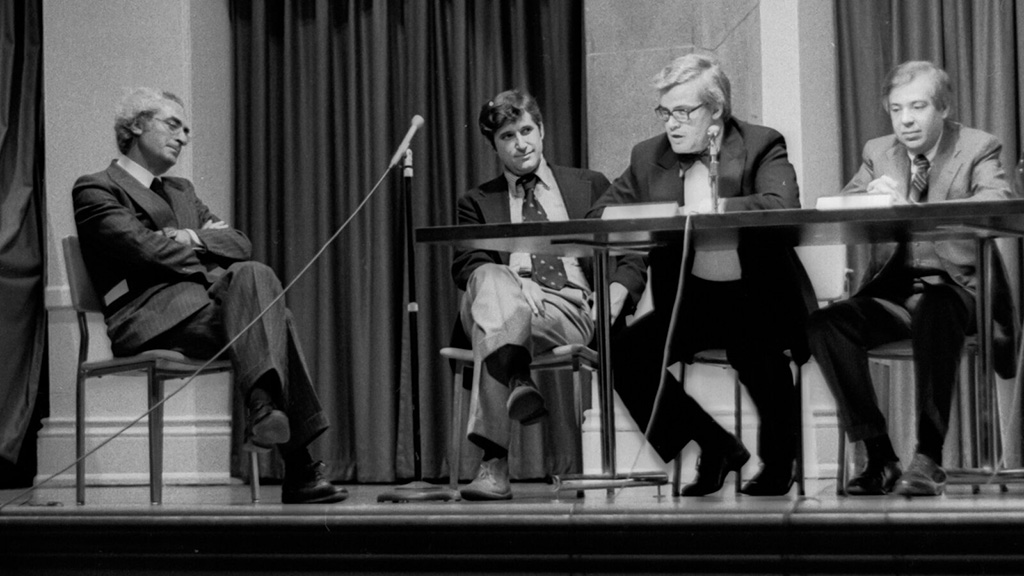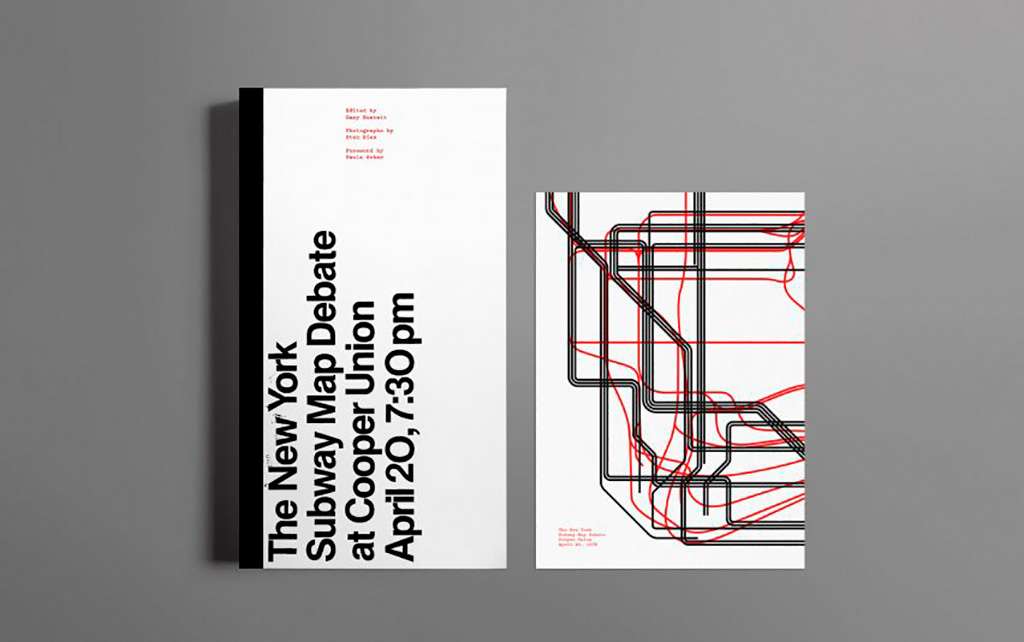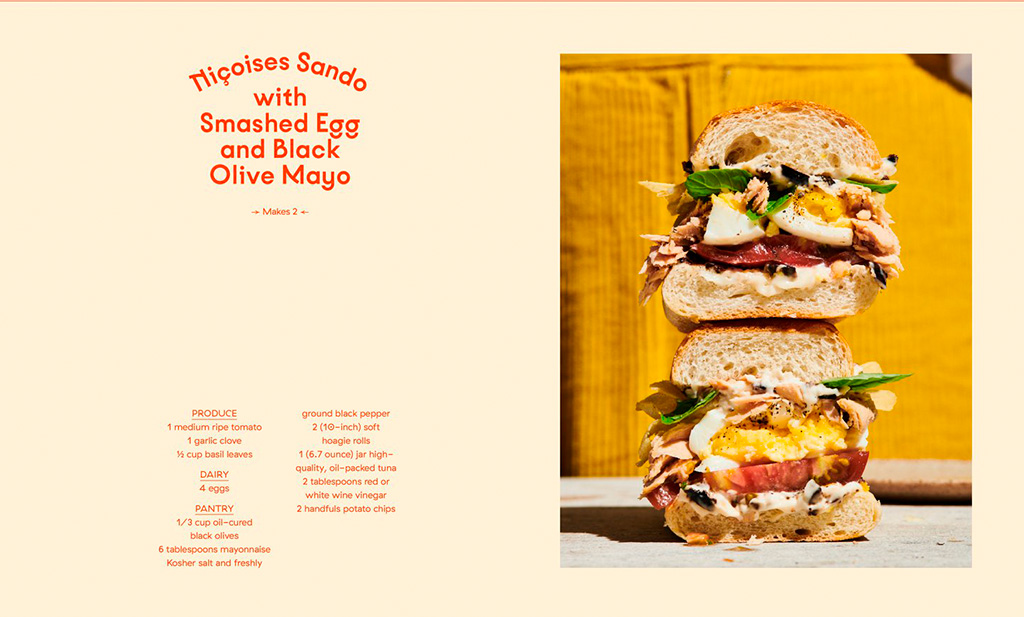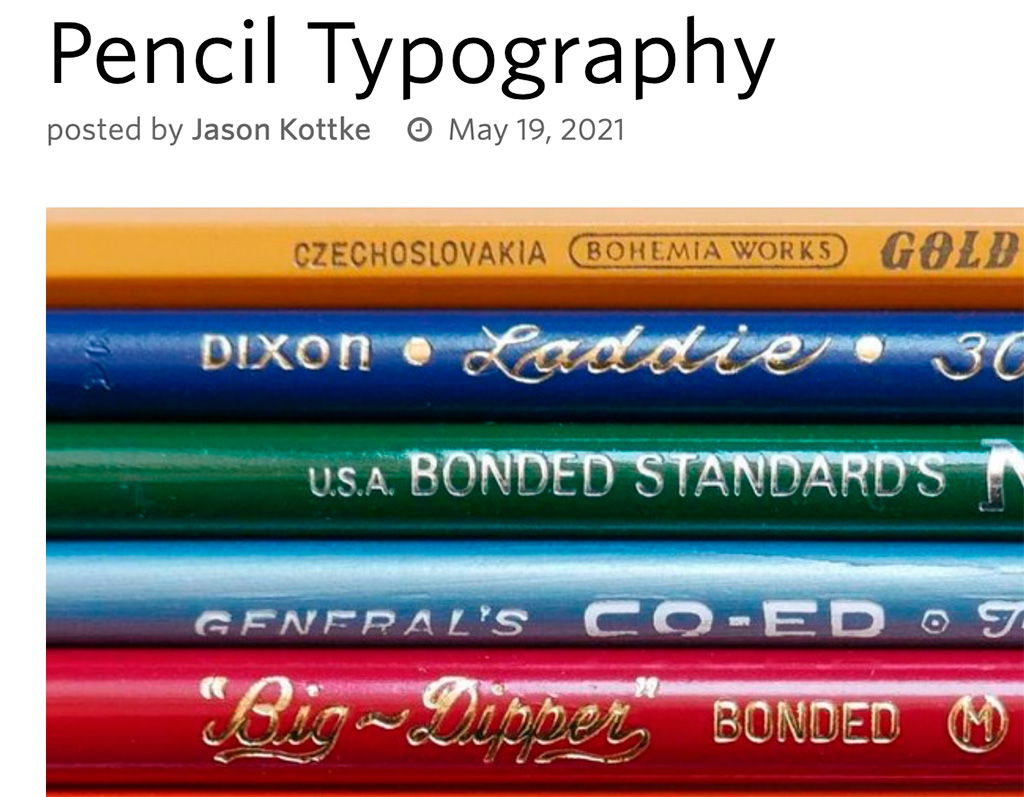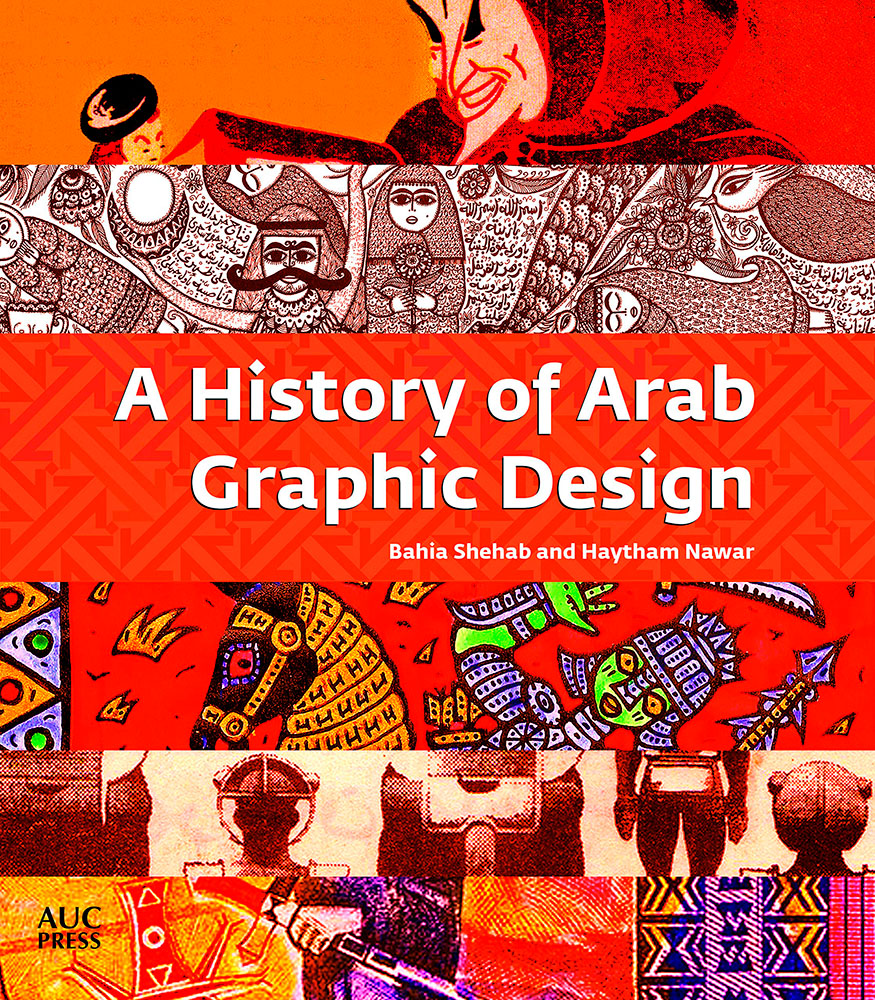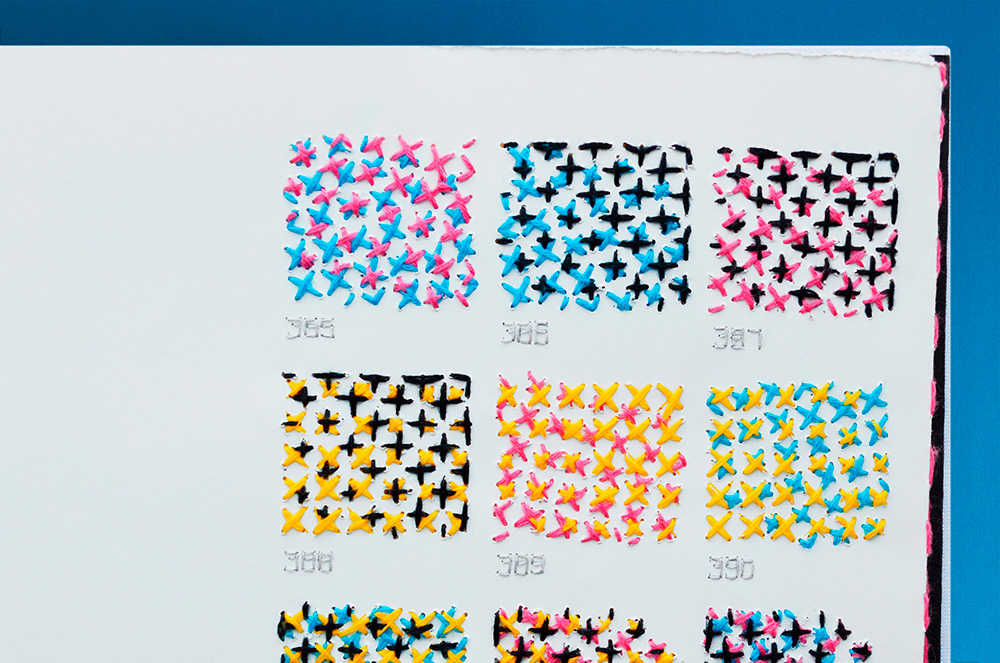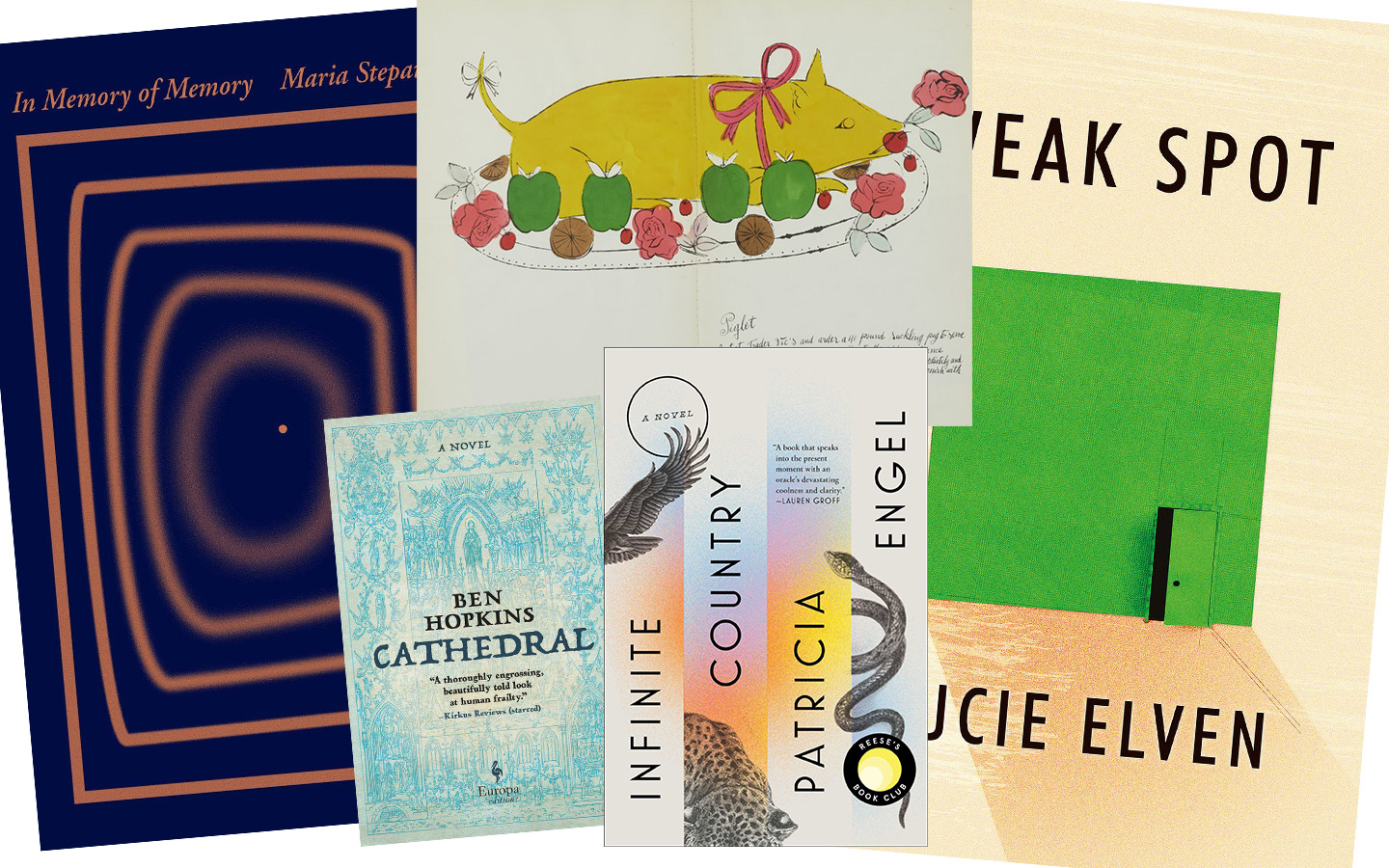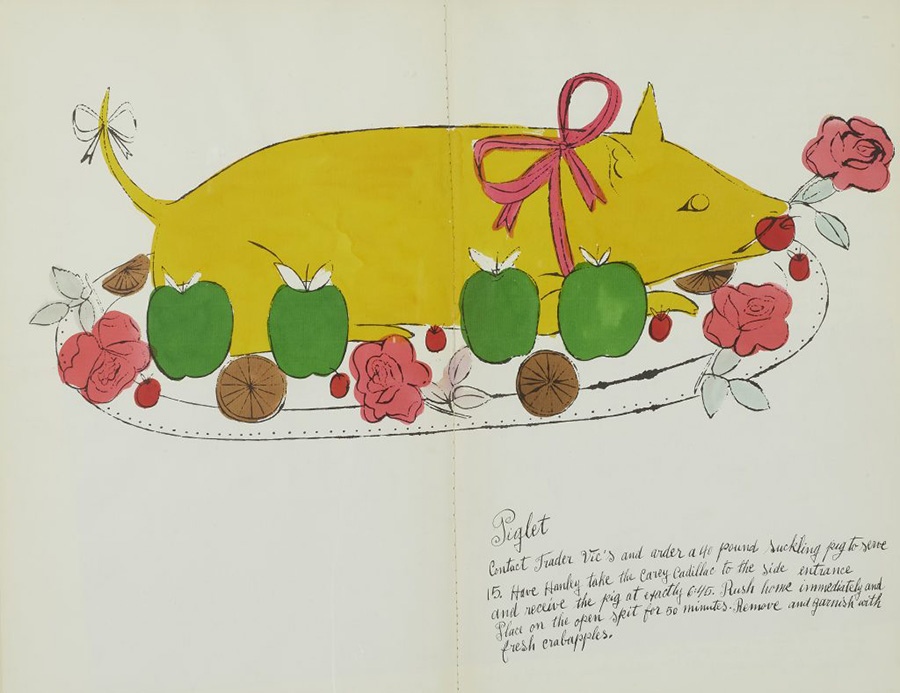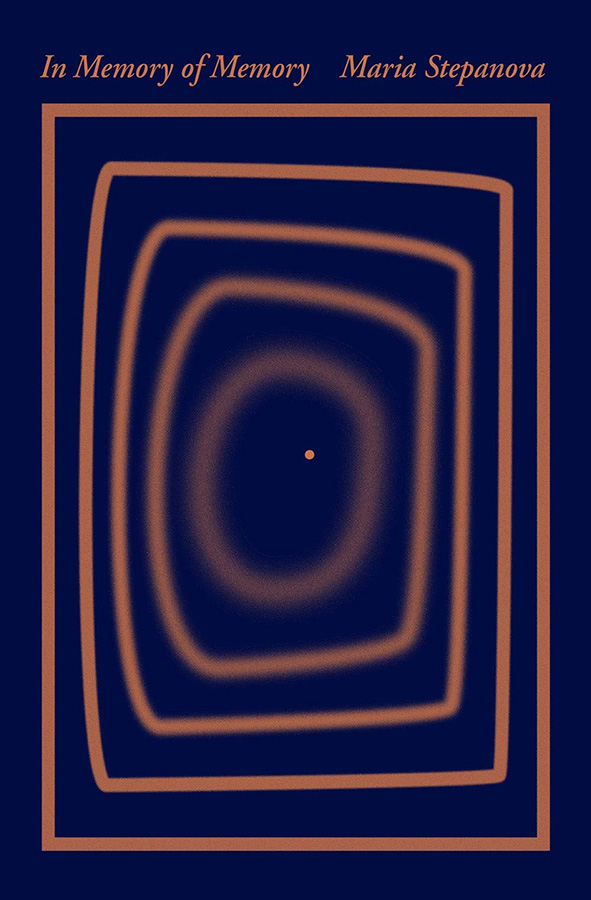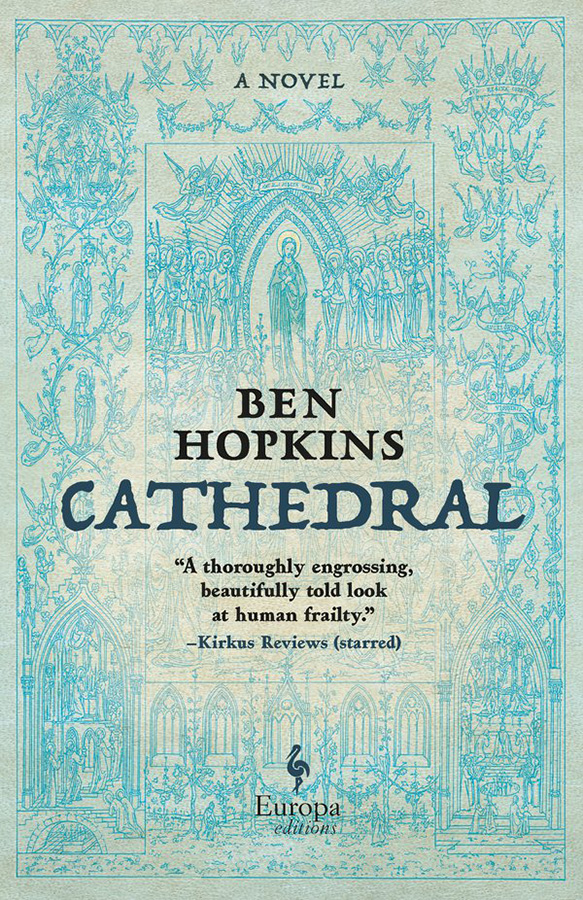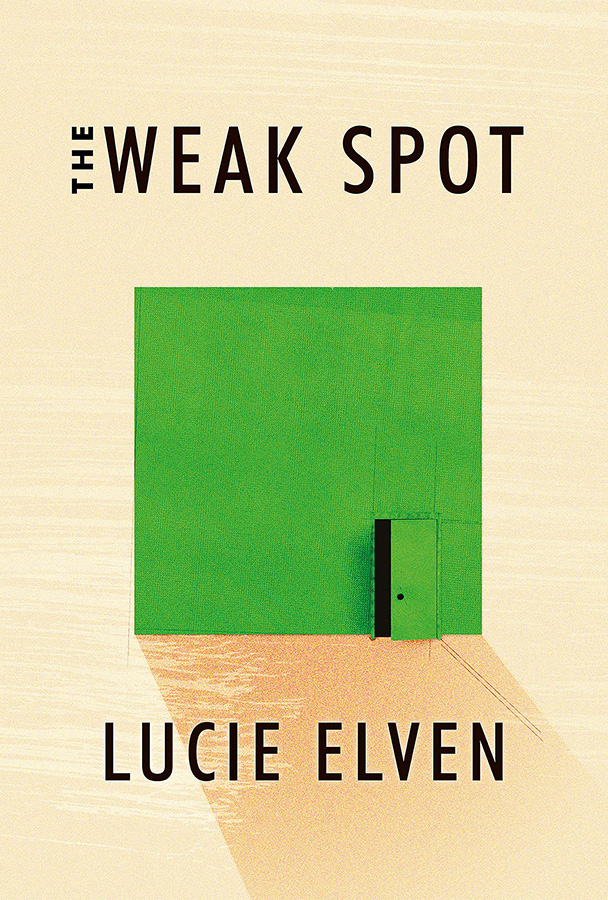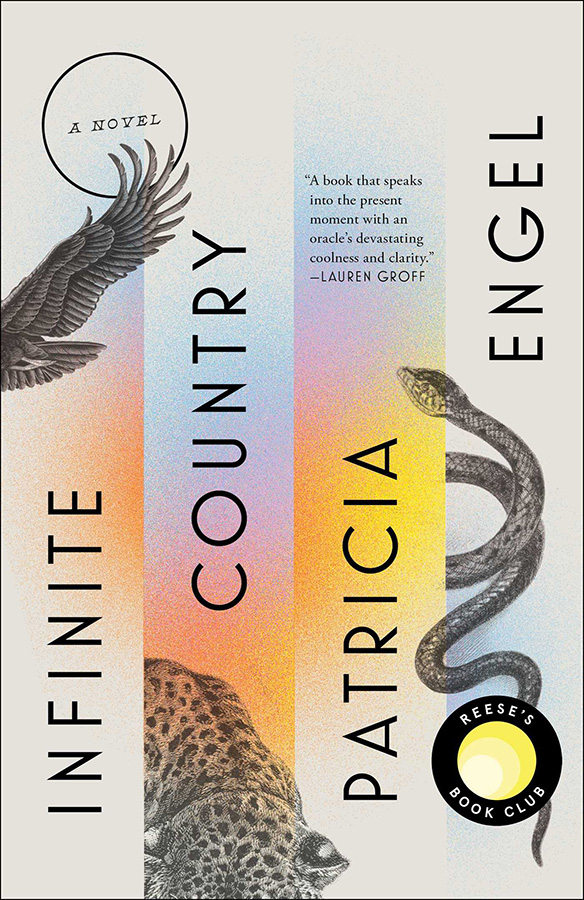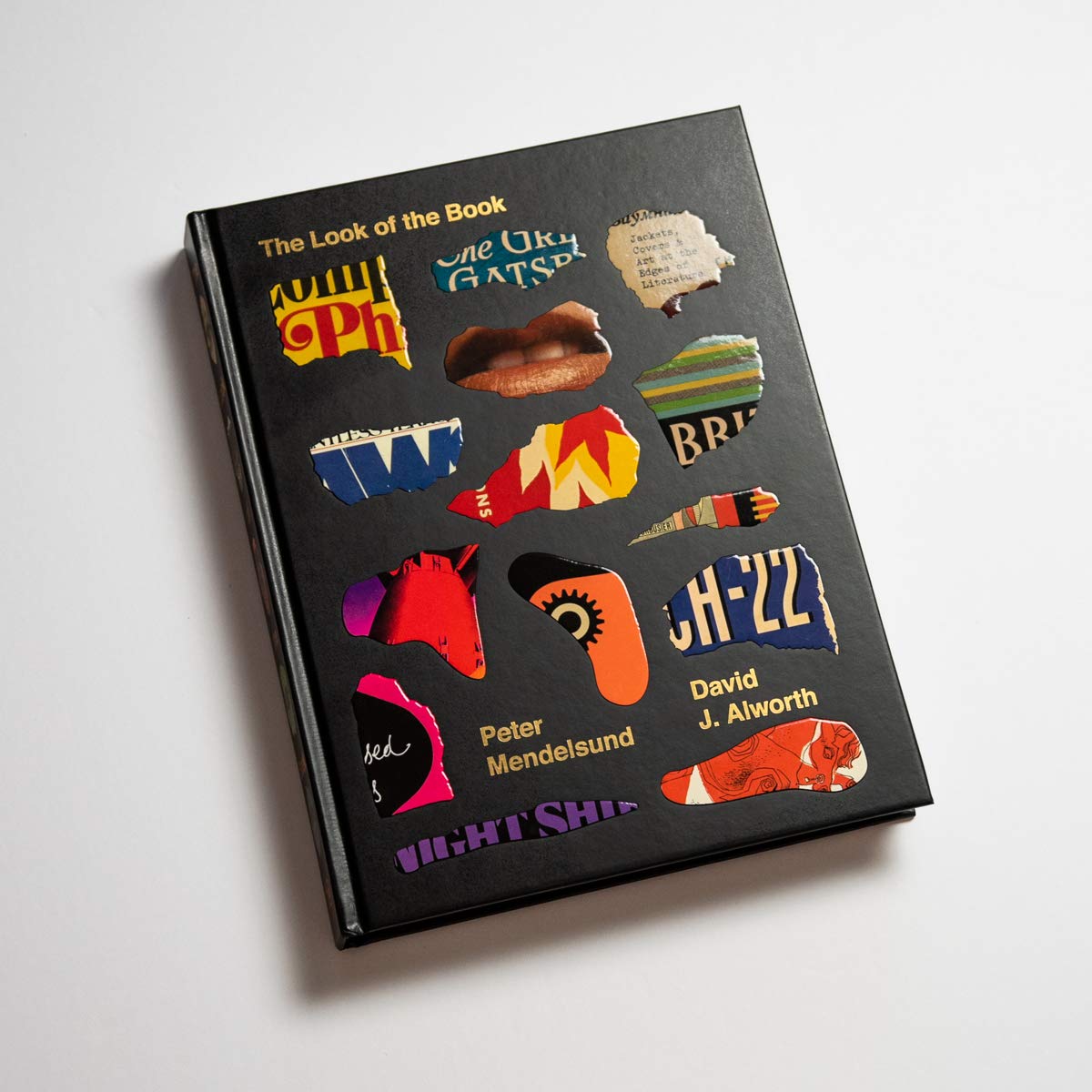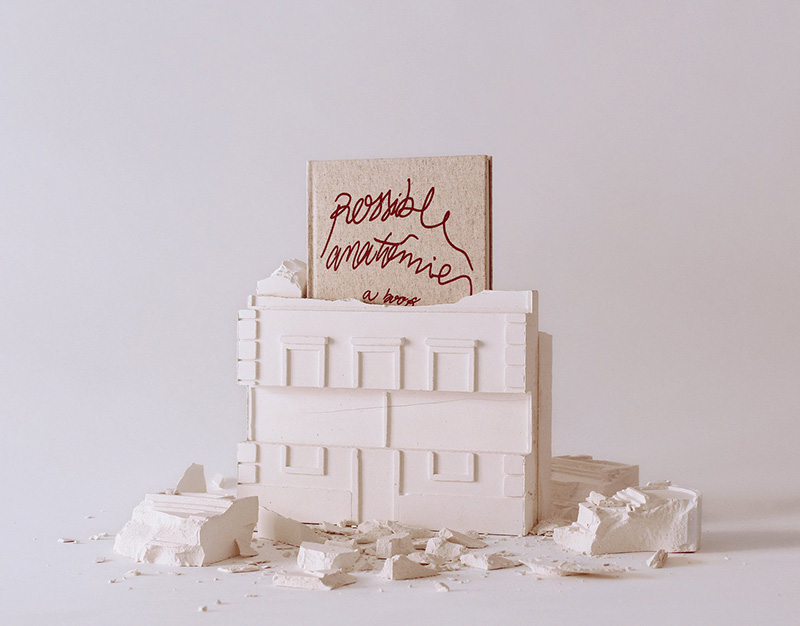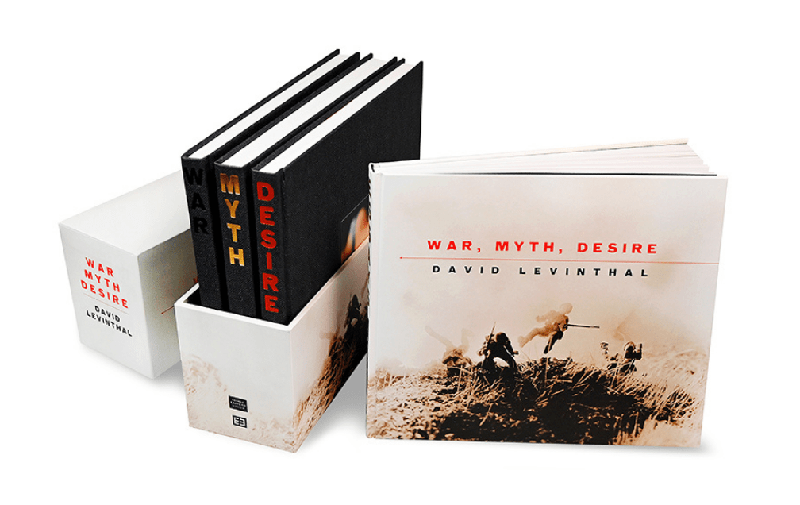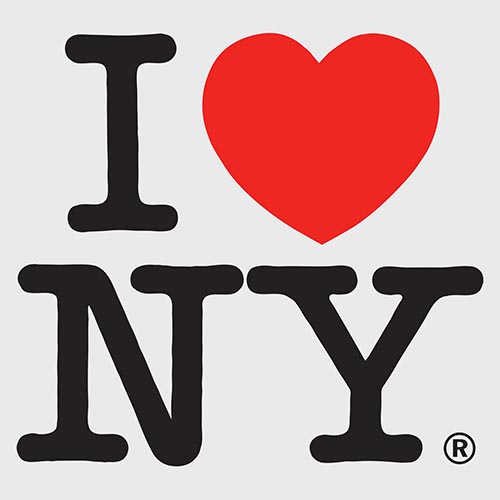Four different, yet valuable, interesting, and informative links to photography items heading into this Thanksgiving weekend.
Architectural Photography Awards
Starting with ArchDaily: The Architectural Photography Awards 2021 Announces its Shortlist. Some great stuff here:
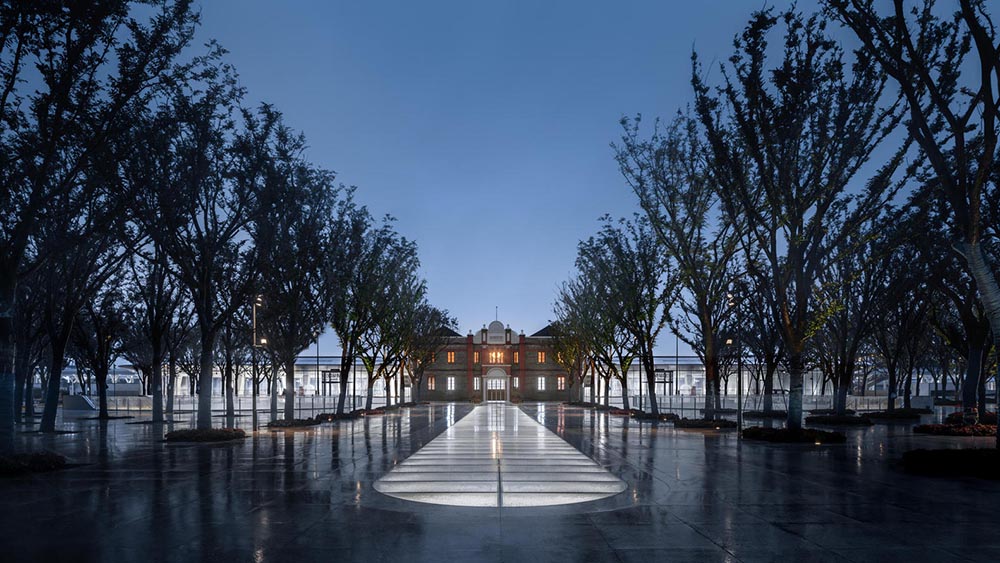
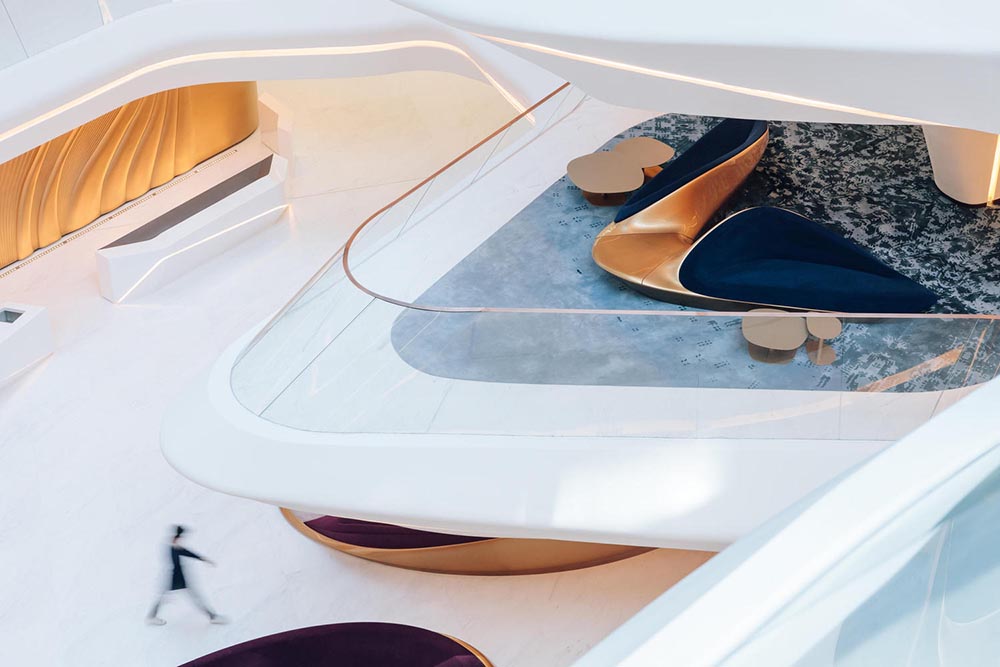
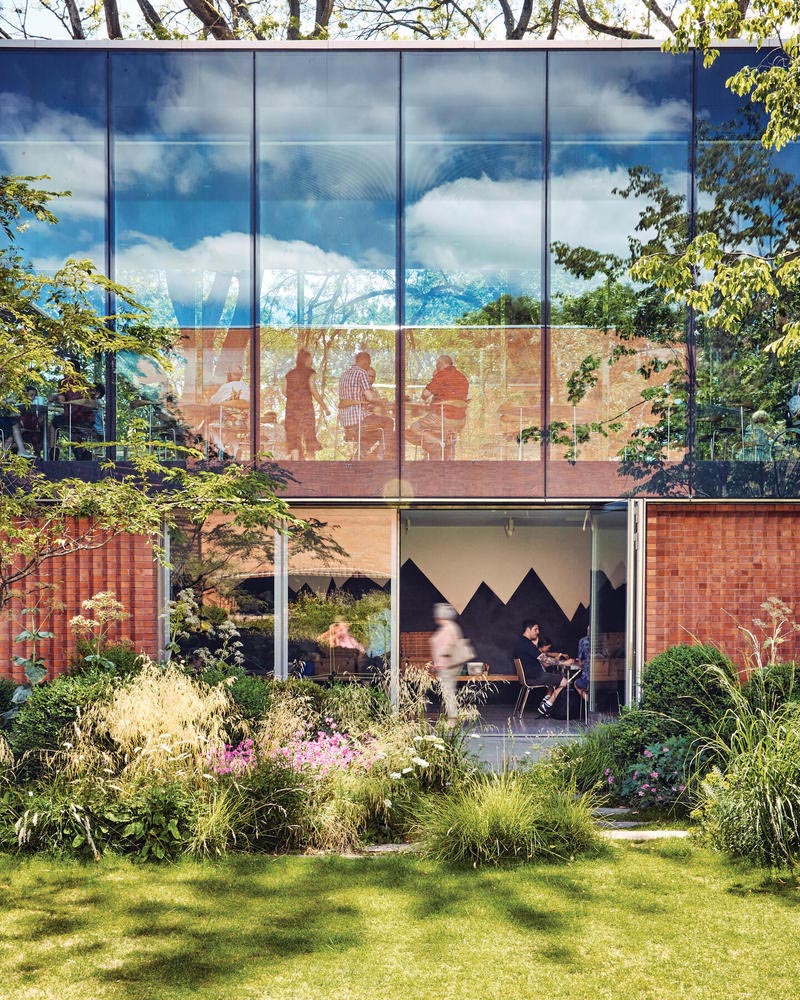
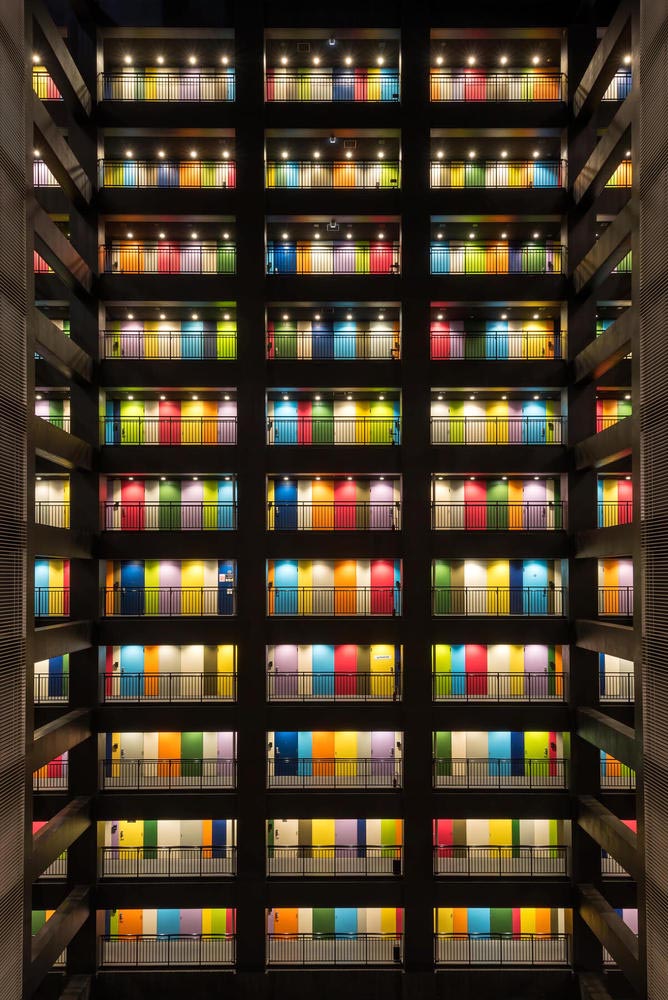
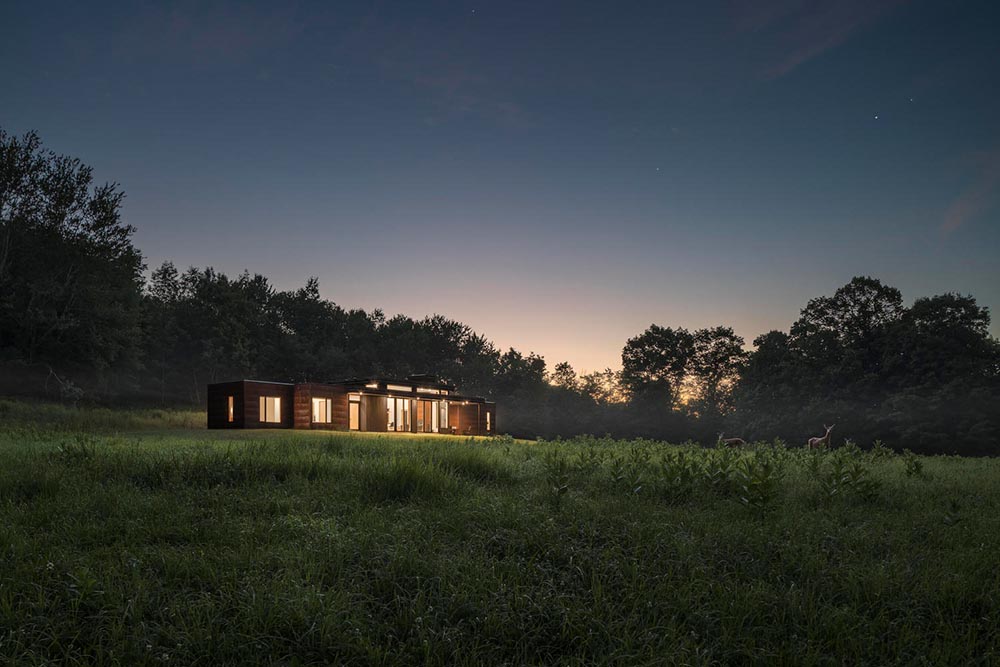
All simple, yet so much more. Well done.
Natural Landscape Photography Awards
Next, the Natural Landscape Photography Awards. Many here to choose from, as well, but a couple of faves:

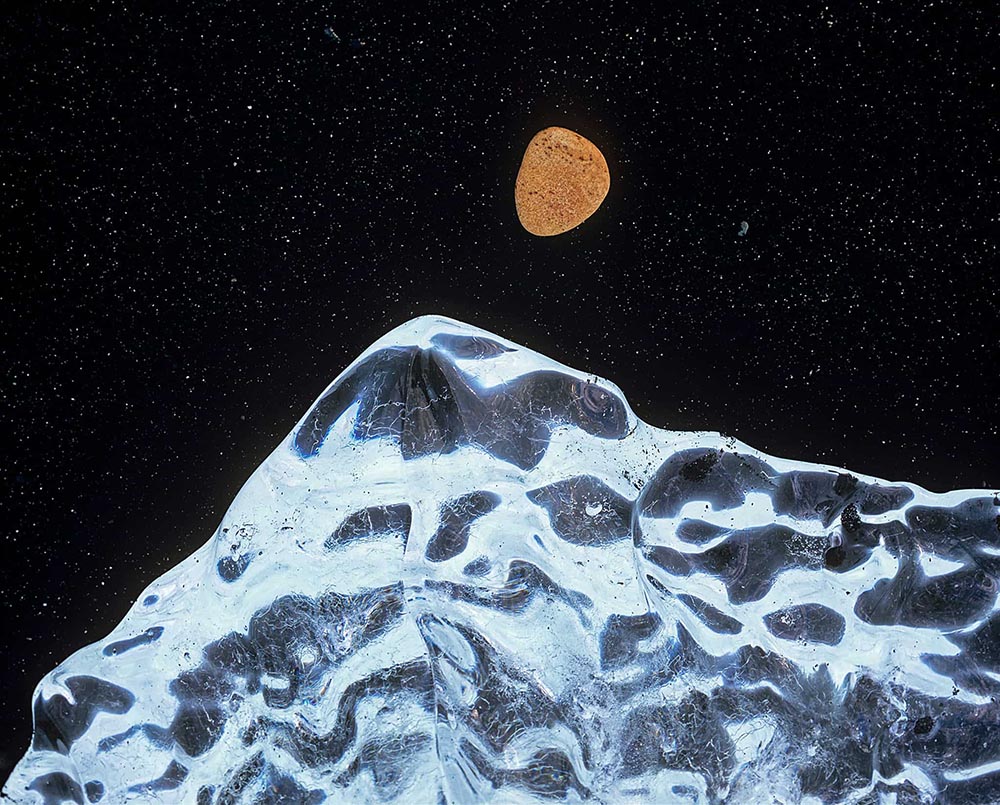
Landscape Photography Best of How-to
So, we all ask ourselves, how to you get from the everyday stuff to the best-of-the-best? DPReview has answers, with Erez Marom: On Originality in Landscape Photography.
It has been, and continues to be, a rough time for a nature photographer who makes a living shooting around the world. This kind of time period sometimes makes we artists think about our life missions and convictions, and delve deeper into our beliefs and the way we view our art and what makes it worthwhile. While some people don’t see photography as art, I definitely do, and for that reason I feel that a discussion is needed about what makes photography an art form rather than technical labor.
Some examples:
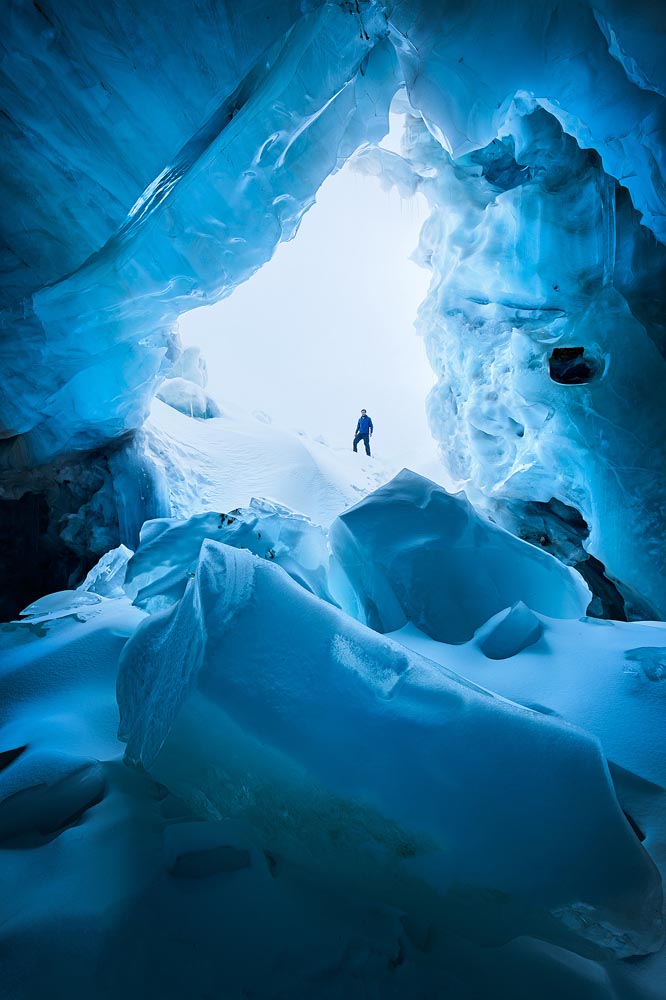
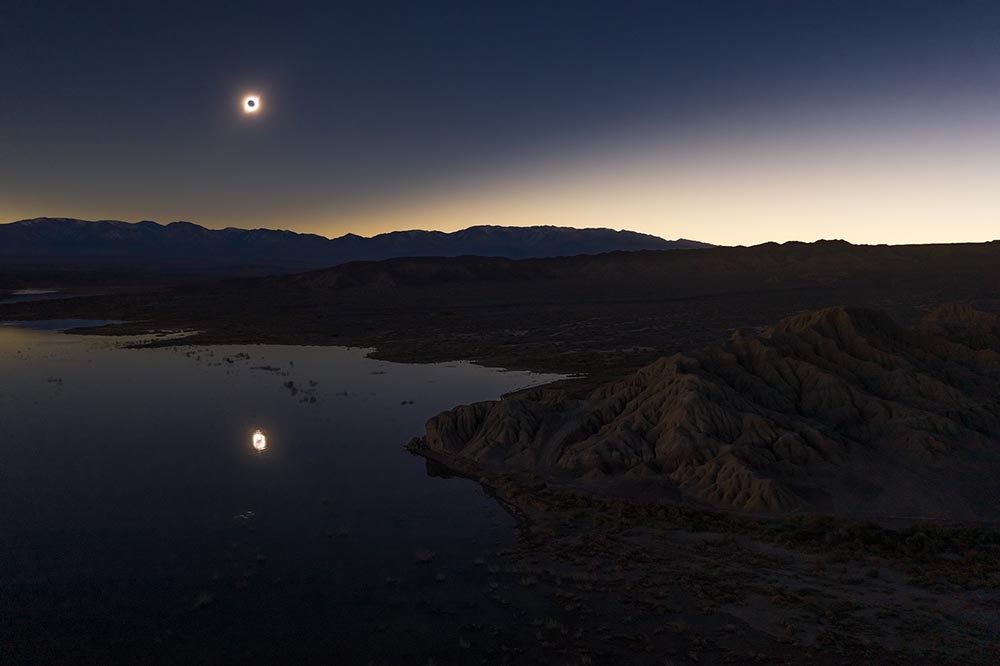
Read the whole essay. Excellent stuff.
Route 66 Photography
Lastly, some art from Dezeen: Hayley Eichenbaum captures the “punchy absurdity” of Route 66 roadside architecture:
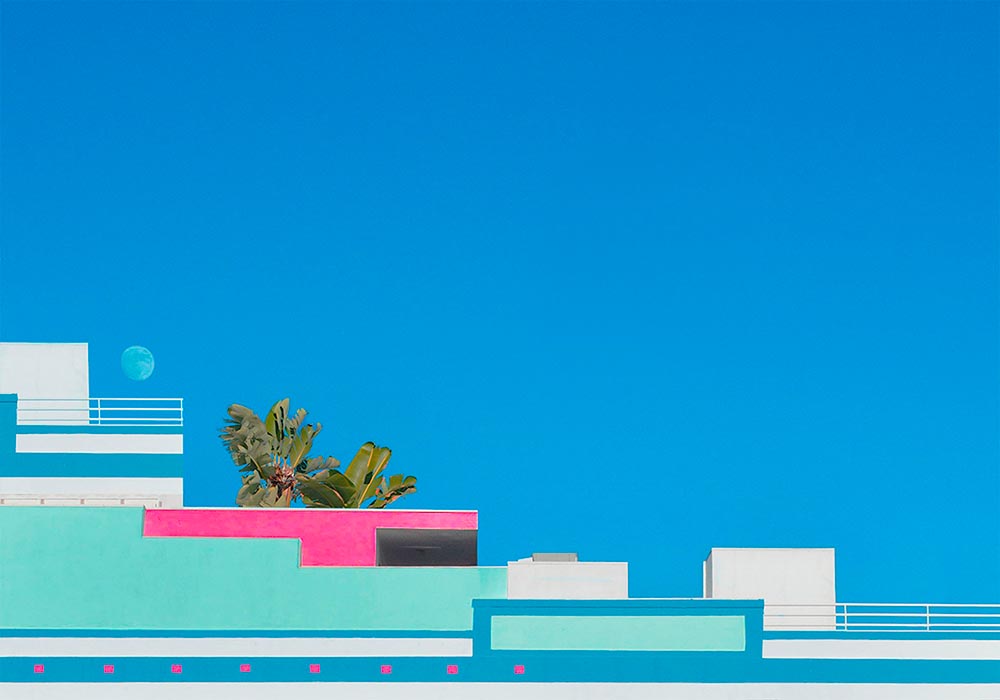
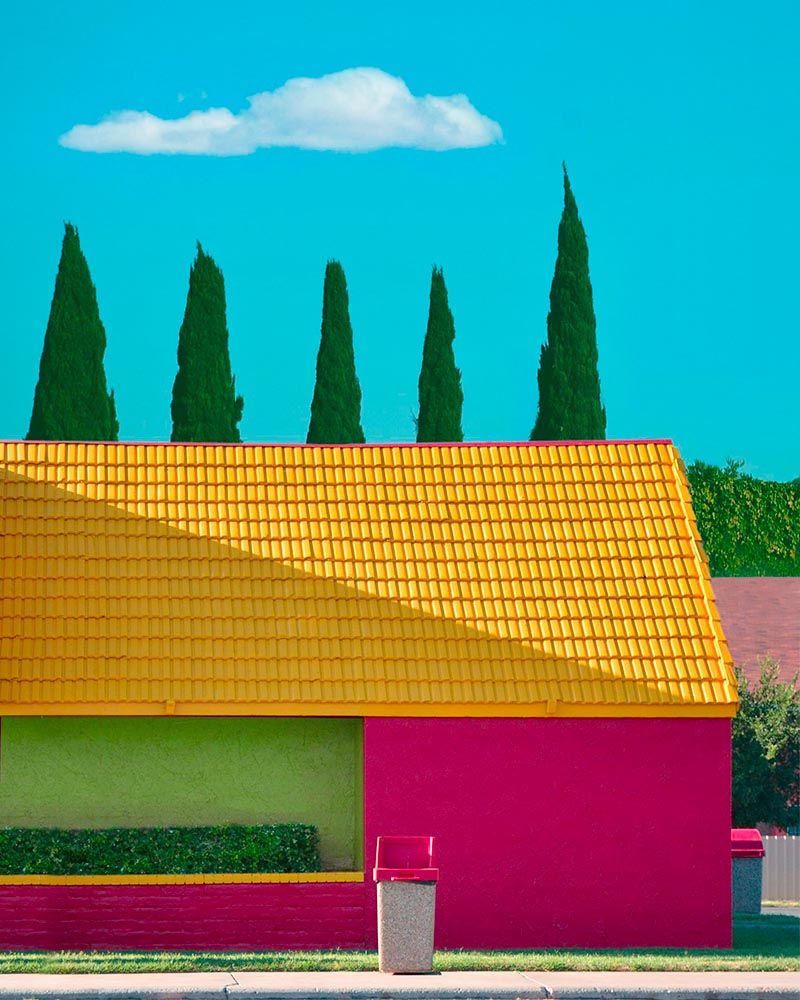
Enjoy all four — and enjoy the turkey weekend! Happy (Photography) Thanksgiving.

